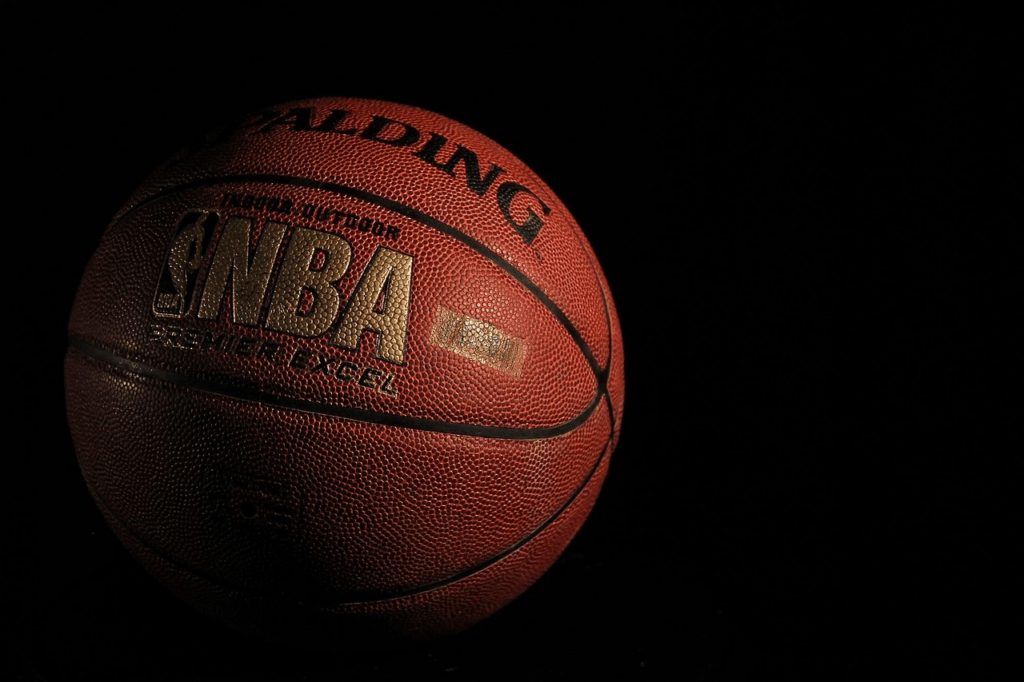Smarter Coaching Starts with Smarter Data
Basketball strategy used to rely on gut instincts, clipboard sketches, and maybe a few basic stats. That’s over. Coaching now runs on data layered, real time, and relentlessly granular. Advanced analytics are turning film rooms into war rooms. Coaches are using custom dashboards that break down pick and roll efficiency, defensive rotations, shot selection under pressure you name it.
In game, it’s no longer just about who’s hot or cold. Coaches tap into live performance metrics to decide matchups, timeouts, and substitution patterns. If a player’s movement slows by 8% in the third quarter compared to their baseline? They’re pulled before fatigue leads to a turnover.
Scouting has also gone digital. Machine learning models now parse thousands of hours of game film across multiple leagues to evaluate prospects. What used to be a box score and a gut feeling is now player tracking, biomechanical data, and predictive comparisons. Good scouting hasn’t disappeared it’s just leveled up.
Smart data doesn’t replace the human element. It sharpens it. The best coaches know how to blend instinct with insight. The tech just gives them better tools to trust their decisions.
Wearables: Monitoring from Warm up to Cooldown
Tracking player performance used to be educated guesswork. Now it’s a numbers game. Wearable sensors, embedded in everything from compression shirts to smart insoles, are capturing the stuff that matters heart rate variability, muscle fatigue, hydration levels, even load impact on joints. These aren’t just bells and whistles. Teams are relying on this data to zero in on overtraining signs, predict injuries, and fine tune conditioning protocols before anything breaks down.
The shift is clear: subjective feedback “I feel good” is useful, but no longer enough on its own. Heard of the ‘no days off’ mindset? Modern basketball says no thanks. If the sensors say your heart rate recovery is lagging, or your workload is spiking too fast, coaches adjust. That means fewer soft tissue injuries, smarter practice planning, and players peaking when it counts.
Recovery isn’t an afterthought anymore. With real time biofeedback in hand, teams are tweaking everything from cold tub sessions to travel logistics. The result? Higher output, fewer breakdowns, and a whole lot more basketball science behind every sprint, cut, and slam.
AI and Computer Vision on the Court

Coaches and players don’t need to comb through hours of game tape anymore. Automated video systems can now track player movement, court spacing, and even defensive schemes with pinpoint accuracy. These tools churn out insights in minutes think shot contest rates or pick and roll efficiency giving teams a sharper edge with less manual grunt work.
Scouting has also leveled up. AI can isolate player tendencies, detect patterns, and flag potential mismatches long before tipoff. The result? Faster scouting breakdowns packed with richer detail. It’s no longer just about who scored or missed it’s about how they moved, where they shot, and what the defense gave them.
Then there’s shooting. New computer vision tools break down mechanics frame by frame, helping players correct issues most eyes would miss. Coaches get data backed feedback on release points, foot placement, and shot arc. It’s like having a biomechanics lab packed into a mobile app. For players chasing consistency, this stuff matters.
Better Fans, Better Experiences
The way people watch basketball is changing almost as fast as how it’s played. Broadcast angles are no longer limited to courtside and overhead shots. Now, fans can toggle between multiple camera angles, some of them enhanced with AR overlays showing player stats, shot percentages, and heat maps all in real time. It’s not just prettier, it’s smarter.
Inside the arena, tech is raising the bar too. Digital scoreboards serve up instant replays seconds after a play ends. Some arenas let fans pull those replays on demand through apps, along with live stats, trivia, and interactive challenges. It’s a more connected, more immersive experience and it’s keeping people in their seats.
On top of that, content personalization is stepping up. Fans are getting feeds tailored to what teams or players they follow most. Whether you’re watching on your phone, tablet, or massive TV, you’re no longer just consuming the game you’re part of it. The future of fandom is interactive, and it’s already here.
Tech that Levels the Playing Field
Technology isn’t just transforming professional basketball it’s opening doors at every level. From high school gyms to backyard hoops, advancements in sports tech are reshaping how youth and amateur players train, develop skills, and get discovered.
Access to Pro Grade Equipment
What was once reserved for elite athletes is now available to aspiring players everywhere:
Smart basketballs track shooting arc, rotation, and release speed
Wearable sensors monitor performance without expensive facilities
Portable shooting machines bring pro level drills to home courts
These tools enhance training outcomes, making development more data driven and personalized no coach or gym required.
Training Apps for Every Player
Mobile technology is putting expert coaching right in a player’s pocket. Apps built with AI and motion tracking offer:
Customized workouts based on a player’s skill level
Real time feedback on form and technique
Goal setting tools to measure progress and stay motivated
Whether someone is chasing a college scholarship or just trying to make the team, this kind of tailored training was unthinkable just a few years ago.
Expanding the Talent Pipeline
Accessible technology is reducing geographic and economic barriers that once limited who could compete at higher levels. Today’s tools allow scouts and coaches to discover talent beyond traditional hotspots:
Video submissions powered by smart analysis can highlight key performance metrics
Online showcases and virtual tryouts extend reach beyond regional events
Broader access translates into richer diversity and stronger competition
Learn more about key basketball tech innovations.


